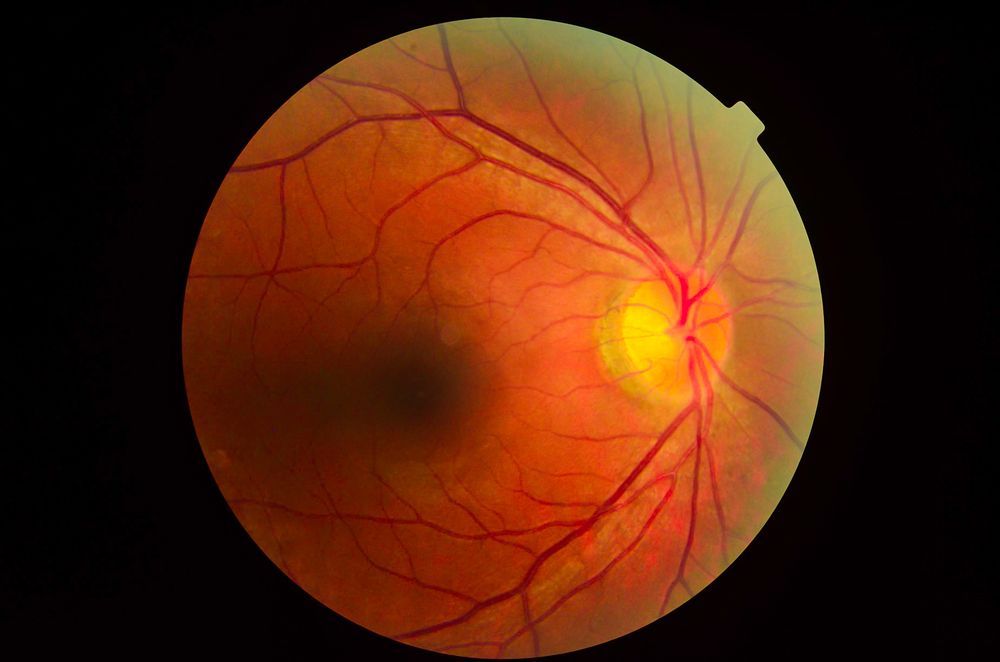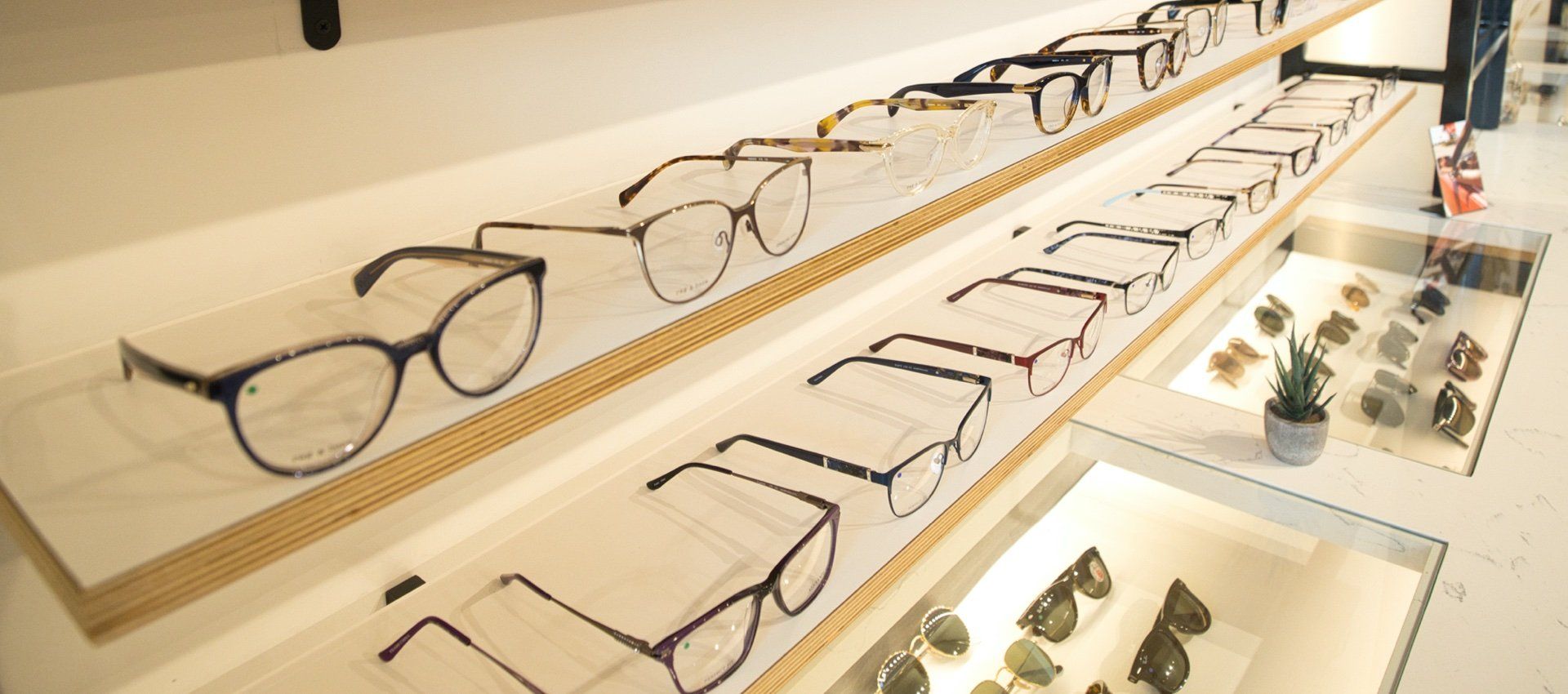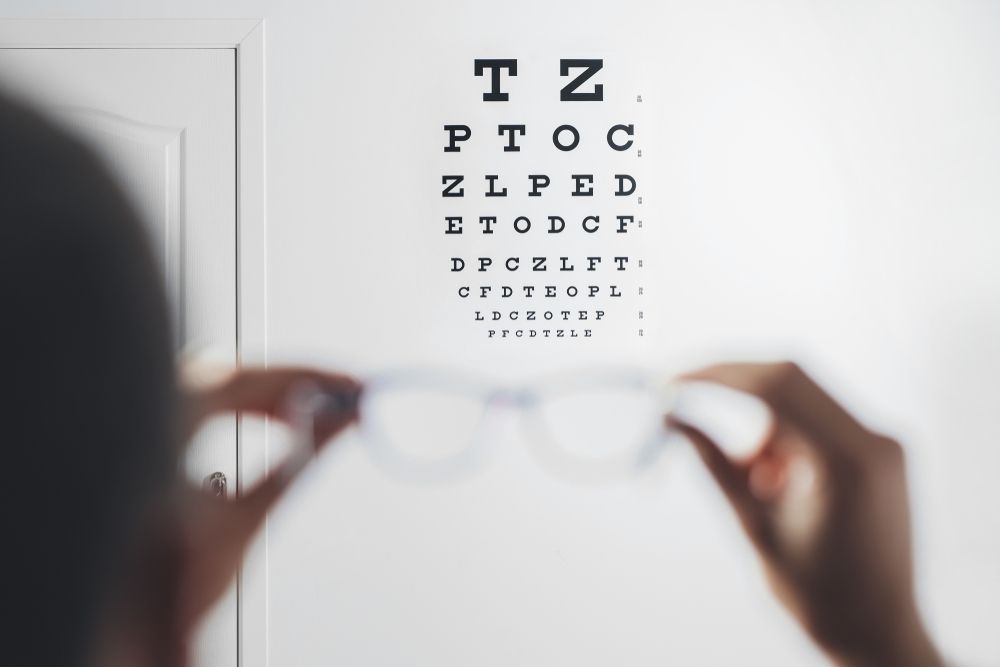As parents, we do everything we can to keep our children healthy ensuring they eat nutritious meals, stay active, and get regular check-ups. But one area of health that often goes unnoticed is their vision. Since children may not always recognize or communicate vision problems, it’s important for parents to be proactive in monitoring their eye health.
Why Early Eye Care Matters
Good vision plays a crucial role in a child’s development. From learning in the classroom to playing sports, eyesight affects how they interact with the world. Undiagnosed vision issues can lead to difficulties in school, reduced confidence, and even behavioral challenges. The sooner a problem is detected, the easier it is to correct or manage.
Signs Your Child May Have a Vision Problem
While routine eye exams are the best way to ensure your child’s vision is developing properly, there are also signs parents can watch for, including:
Frequent squinting
This may indicate nearsightedness, which makes it difficult to see objects at a distance.
Head tilting or covering one eye
This can be a sign of amblyopia (lazy eye) or a binocular vision issue.
Excessive eye rubbing
While occasional eye rubbing is normal, frequent rubbing could suggest eye strain or allergies.
Complaints of headaches or eye strain
If your child often complains of headaches, particularly after reading or screen time, they may be struggling to focus.
Difficulty reading or holding books too close
Holding books or screens very close may indicate nearsightedness.
Poor coordination in sports or frequent clumsiness
Depth perception issues can make it hard for children to judge distances accurately.
Difficulty following objects or tracking movement
Problems with eye tracking can impact reading fluency and comprehension.
When to Schedule an Eye Exam
The American Optometric Association recommends the following schedule for comprehensive eye exams:
- First exam at 6 months old
- Second exam at 3 years old
- Before starting school (around age 5 or 6)
- Every one to two years after that, unless an issue arises
If your child has a known vision condition, a family history of eye disease, or shows any of the warning signs above, more frequent exams may be necessary.
Common Pediatric Eye Conditions
- Myopia (Nearsightedness): A condition where distant objects appear blurry while close-up vision remains clear. Myopia is becoming more common in children, often due to increased screen time and reduced outdoor play.
- Amblyopia (Lazy Eye): A condition where one eye doesn’t develop properly, leading to reduced vision. It’s most effectively treated in early childhood.
- Strabismus (Crossed Eyes): A misalignment of the eyes that can cause double vision or lead to amblyopia if untreated.
- Astigmatism: A curvature of the eye that causes blurry vision at all distances.
- Convergence Insufficiency: A difficulty in coordinating the eyes when focusing on close-up tasks like reading.
What to Expect During an Eye Exam
A pediatric eye exam is painless and tailored to your child’s age and ability. It typically includes:
- A vision test to check for nearsightedness, farsightedness, or astigmatism
- Eye movement and alignment tests
- A check for eye diseases or other abnormalities
- A discussion about any concerns you or your child may have
Protecting Your Child’s Vision
Beyond regular eye exams, there are steps you can take to help maintain your child’s eye health:
- Encourage outdoor play to reduce the risk of myopia progression.
- Limit screen time and follow the 20-20-20 rule—every 20 minutes, have your child look at something 20 feet away for 20 seconds.
- Provide a healthy diet rich in eye-friendly nutrients like vitamin A, C, and omega-3 fatty acids.
- Ensure they wear protective eyewear during sports and outdoor activities.
Your child’s vision is essential to their learning and overall development. Regular eye exams and early intervention can help prevent long-term vision problems and ensure they have the best possible start in life. If you notice any signs of vision issues, don’t wait—schedule an eye exam to address any concerns early.











